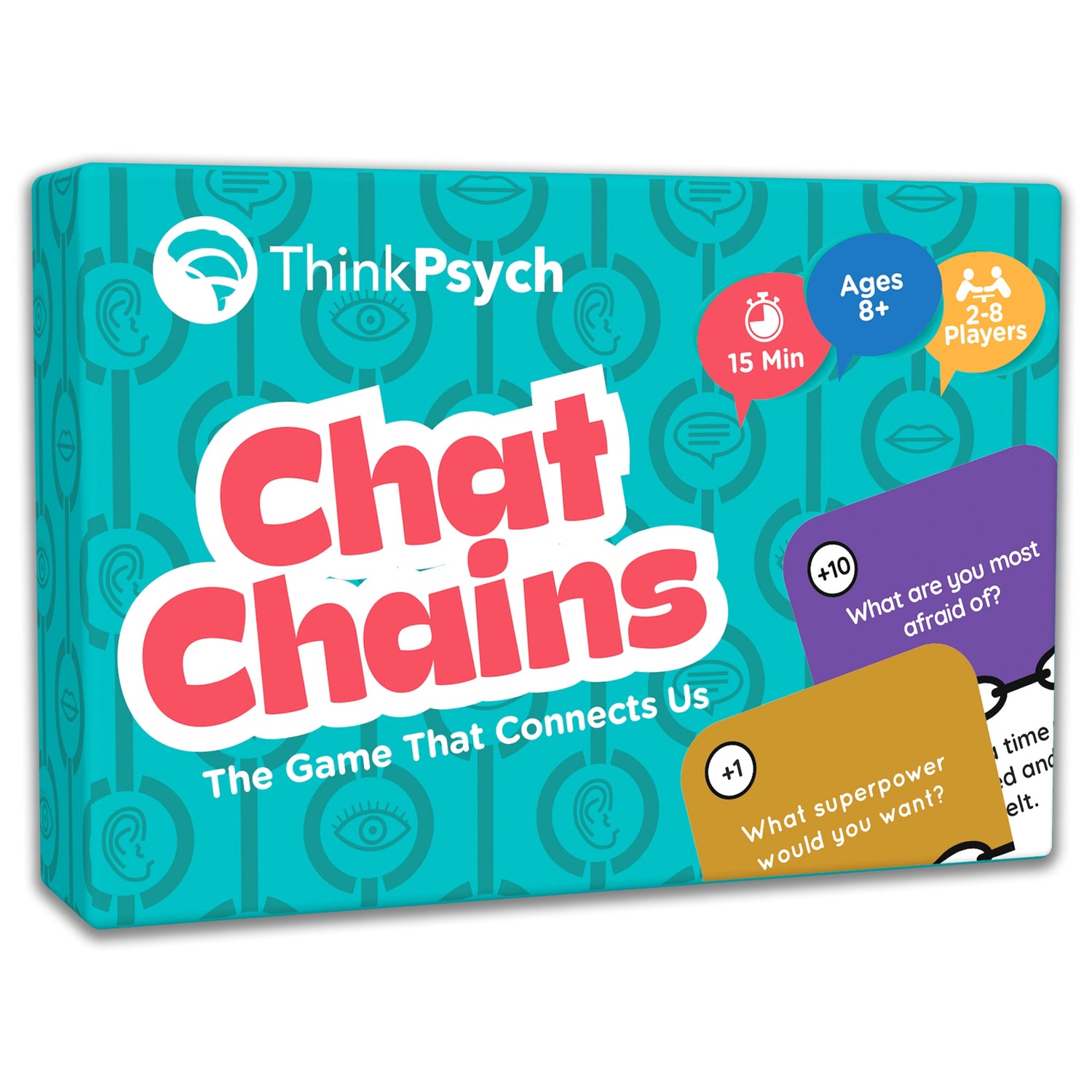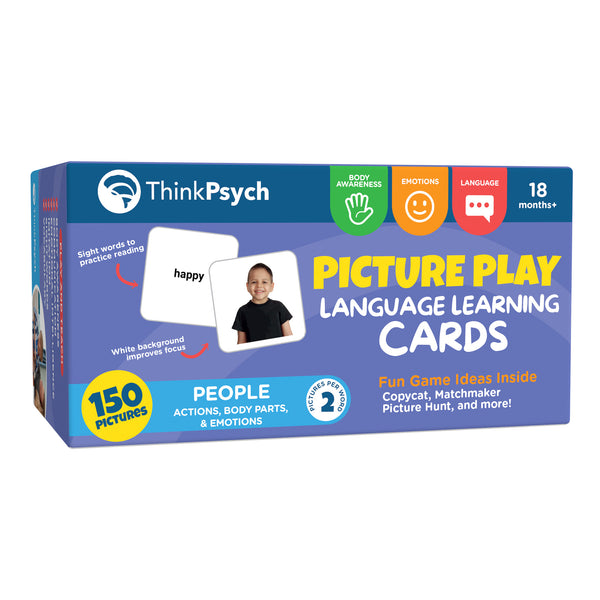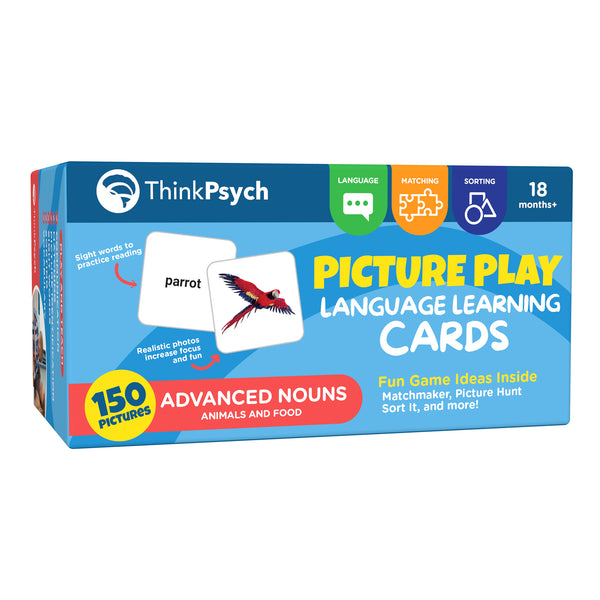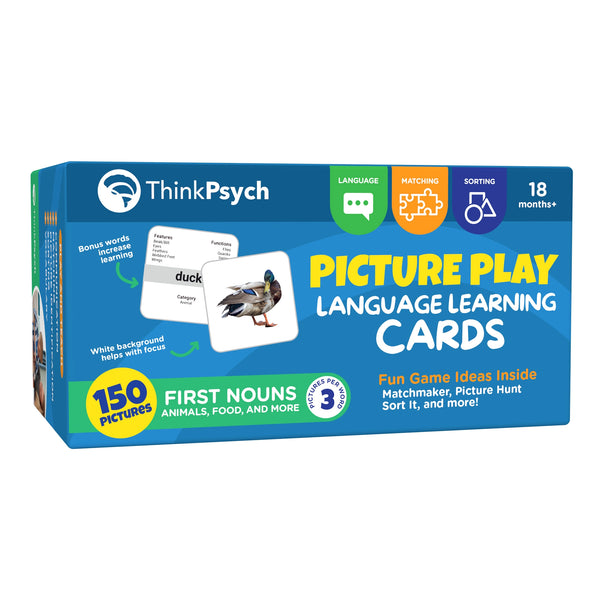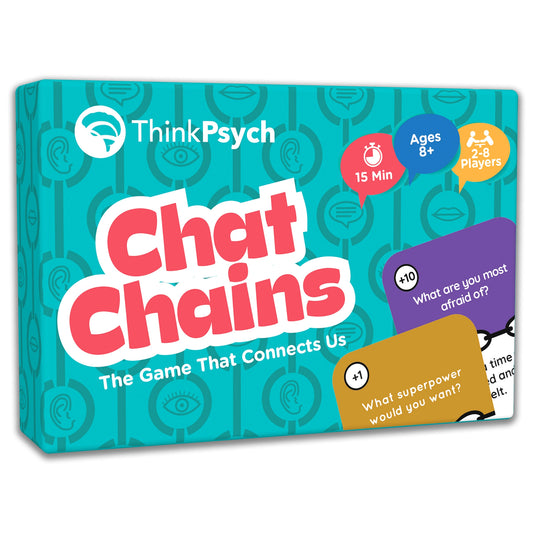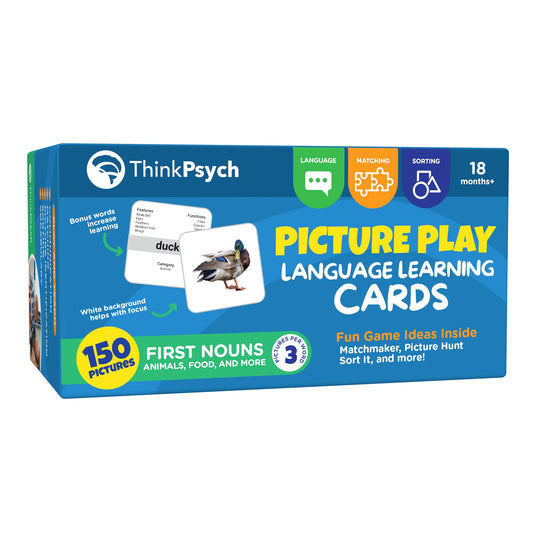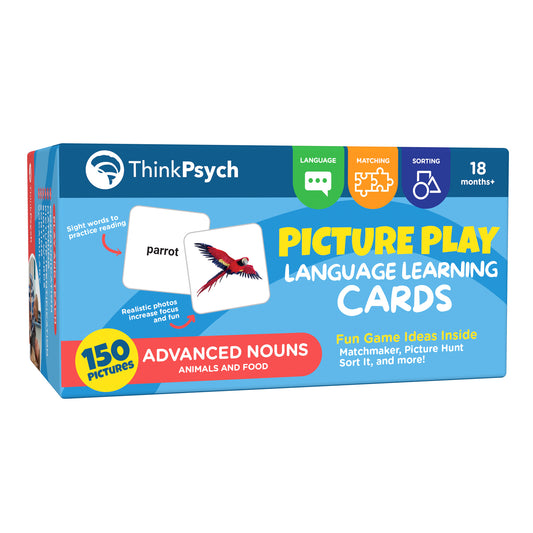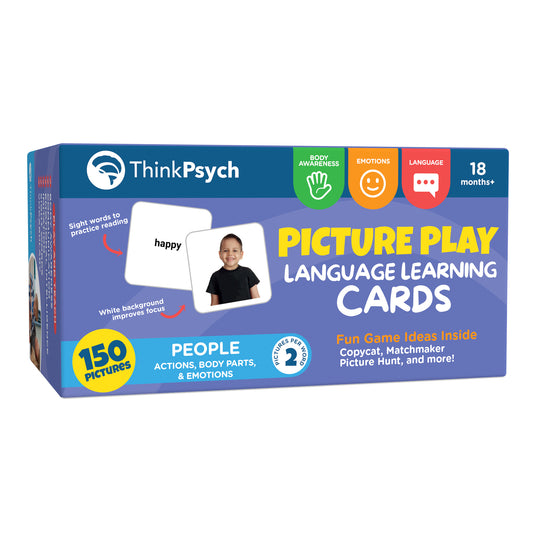
The Importance of Assent and Assent Withdrawal in ABA
Share
Obtaining informed consent from parents or caregivers is well-known within the ABA field as a requirement per our ethics code. However, the concept of obtaining and honoring assent from learners is less widely known and understood. According to the 2022 update to the Ethics Code for Behavior Analysts, in addition to obtaining consent, ABA professionals are also required to obtain assent. While similar, assent is not always as straightforward and understood as consent. As such, not all ABA providers incorporate assent-based treatment into their therapy programs. However, it is vital that ABA professionals understand assent and honor assent withdrawal to promote the best possible outcomes.
What is Assent?
Assent is provided by the learner and involves verbal or nonverbal agreement to participate in treatment. Assent is ongoing and can be provided and withdrawn at any point. It is different than consent in that consent is a legal agreement to participate. Often, clients in ABA therapy cannot provide consent as they are under the legal age of 18 or are otherwise unable to legally consent. Instead, parents or caregivers provide consent on their behalf. However, regardless of a learner’s age or communication abilities, their input is vital and should always be taken into consideration when designing and implementing therapy goals.
What are the Signs of Assent?
Assent can be demonstrated in many different ways. Behavior analysts and behavior technicians should be mindful of the various ways in which their learners demonstrate assent. Each learner may exhibit assent in different ways. Attend to your learner’s verbalizations, as well as their facial expressions and body language to verify that they are providing assent.
Some of the behaviors that demonstrate assent may include:
- Independently approaching the therapist and therapy space
- Smiling and laughing
- Actively engaging with the therapist
- Cooperating with tasks
- Positive statements about the tasks/therapy session
- Readily returning to tasks after a break
- Answering “yes” to questions like “are you ready to start XYZ?”
When your learner is actively engaged and demonstrating other assent behaviors, they are communicating that they agree with participating in treatment. However, assent is not a one-time agreement. It can be withdrawn at any time by the learner.
What is Assent Withdrawal?
Assent withdrawal includes verbal and nonverbal signs from your learner that they do not agree with the treatment. Your learner might withdraw assent by clearly saying “no” to treatment procedures. Or they may withdraw assent in more subtle ways with their behavior.
When a learner withdraws assent, it is important that the ABA provider discontinue the procedure, honoring the assent withdrawal. There are some exceptions, such as safety concerns. If your learner is running toward a street, for example, you would follow through on physically blocking them to ensure their safety.
Honoring assent withdrawal does not mean discontinuing the goal or procedure and never coming back to it. If the goal is socially significant, the behavior analyst would analyze the contingencies at play and determine what environmental modifications are necessary to evoke behaviors of assent.
What are the Signs of Assent Withdrawal?
As with the signs of assent, the signs of assent withdrawal can vary from learner to learner. It’s important to attend to your learner’s communication, both verbally and non-verbally to identify signs of assent withdrawal.
Some of the behaviors that demonstrate assent withdrawal may include:
- Aggression toward others or property
- Self-injurious behavior
- Running away from the therapist and/or therapy space
- Screaming or protesting (i.e. “No!” “I don’t want to do this,” “I don’t like XYZ,” etc.)
- Frowning or crying
- Dropping to the floor
- Actively avoiding therapist/does not independently approach the therapy space
- Leaning or turning away from the therapist or therapy stimuli
- Pushing materials away
- Does not respond to the therapist’s questions
Customer Favorites From Our Store
Why is Assent Important?
Ultimately, the goal of ABA therapy is to improve our learners’ quality of life. The goal is not to create compliant robots who immediately do everything an authority figure requests of them. Compliance-based treatment can actually be harmful to children with autism. According to the WHO, children with disabilities are 3.7 times more likely than non-disabled children to be victims of abuse. Teaching self-advocacy and honoring assent withdrawal is vital in teaching children that they don’t have to accept something that makes them uncomfortable. Assent-based therapy also encourages independent decision-making skills.
Therapy based on mutual respect and trust is beneficial for the best possible outcomes. Showing your learner that you care about what’s important to them and will only engage in activities that they approve of, shows them that they can trust you. ABA therapy is more effective when the learner is an active participant, which is more likely when assent is honored.
How does Assent Tie into “Today’s ABA”?
One of the key features of progressive ABA (commonly referred to as “today’s ABA”) is assent-based treatment. Contrary to the heavily compliance-based treatment that is common in more traditional ABA programs, progressive ABA focuses on encouraging self-advocacy through child-led care and assent-based treatment.
Acknowledging assent and honoring assent withdrawal in ABA therapy is a key aspect of providing compassionate care. Not only is it vital for the best possible outcomes, but it is also an ethical requirement of behavior analysts, as of the 2022 Ethics Code for Behavior Analysts. ABA providers should develop competencies in understanding assent and best practices for assent-based care.
References
https://www.bacb.com/wp-content/uploads/2022/01/Ethics-Code-for-Behavior-Analysts-230119-a.pdf
https://centralreach.com/client-assent-and-instructional-support-in-the-age-of-aba-telehealth/
